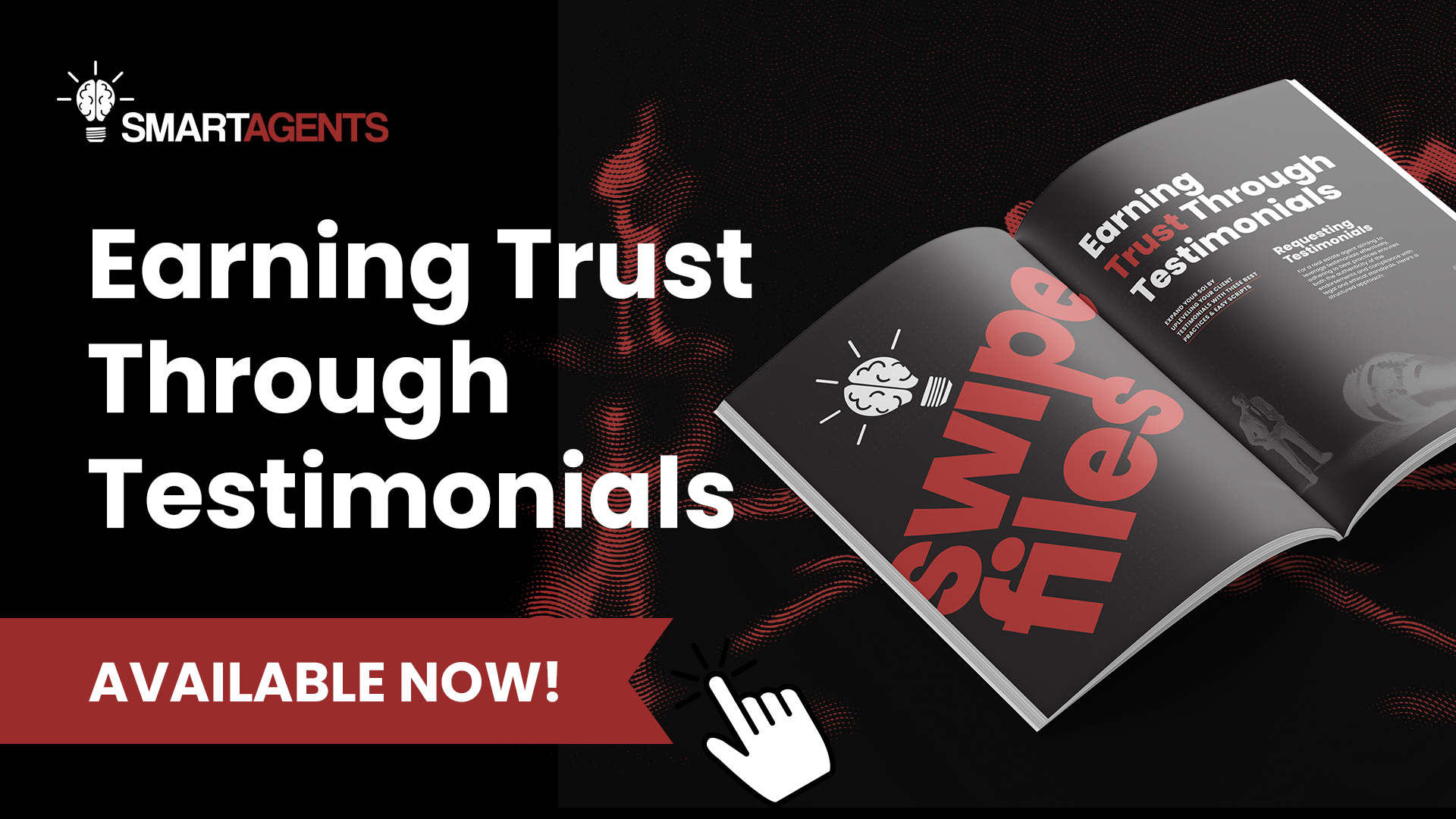These days, virtual is the name of the game. And the next best thing to being able to reach people in person is to reach them through video.
If you haven’t utilized video platforms in the past, now is the perfect time to start, and it’s easier than you think. Anyone with a cell phone can produce videos and use them as a valuable tool to do business now and in the future.
In today’s blog, we will discuss video topics that will engage and interest your audience, and I’ll provide tips on actually filming and producing your videos.
Video Descriptions
Before you get started, you should put together the following items to include in the descriptions of any videos you post. These will primarily be used on Youtube, but you can also use them in posts or as hashtags on Facebook or Instagram:
- A short bio that includes important information about your location and any market niches you serve. Your bio should also engage your audience and tell them why they should work with you.
- An updated headshot
- A link to your website or your real estate profiles
- Contact information so people can easily reach you
- Keywords that will bring people to your content. Some examples are: real estate, buying, selling, realtor, agent, fsbos, expireds, foreclosures, etc. You should also include your location and any markets you serve in your keywords. For example: Florida real estate or Jacksonville Realtor. Your keywords will vary depending on the subject of the videos you post.
Video Topics
1. Address pain points.
Coming up with video content can seem intimidating. But the easiest way to figure out what you want to say is by thinking about what your potential clients need and want to hear. What are their pain points? What are they asking questions about?
For example, if you're getting a lot of questions right now about buying and selling during the coronavirus, you can speak to those concerns in videos. Put together a list of questions you’ve been asked or that you think people would want to know the answers to, and film separate videos to address each one. That way, when people search for the answers to these questions, they might just come across your content.
Start with a question, then provide an answer and explanation. At the end, recap the question that was asked and give a short summary of the answer. Then, tell them how they can reach you to find out more.
2. Promote local businesses.
A great way to engage with your community is by filming videos at local establishments and encouraging people to patronize them. Bryan Souza, a real estate agent from California, has been doing exactly that.
“Small businesses are hurting right now. OK? So you know, the businesses that you go to, support them by doing a Facebook Live,” Bryan says. “We did a Facebook Live with our Mediterranean restaurant that we absolutely love, and we just interviewed the owner.”
Bryan and his wife, Colleen, whose business survived the last housing crash, say that fostering relationships in the community helped them grow their business during that difficult time.
When you help out people and businesses in the community, you expand your sphere of influence and open yourself up to more referral business.
3. Support your referral partners.
Referral partners are local businesses that bring you listings and that you may also refer your clients to in return. Some examples are home inspectors, roofers, painters, plumbers, repairmen, etc. Introducing your referral partners via video is a great way to show your appreciation for their support and also bring in potential new business. You can have them film their own cell phone videos and send them to you or meet them at their business locations and film from a distance.
4. Talk to experts.
Good real estate agents surround themselves with knowledgeable professionals. Get in touch with your lending partners to give a video update about current interest rates. Talk to a home appraiser about home values. Don’t try to be an expert on every topic. Interviewing and including other people in your videos shows you have a solid team to help you better serve your clients.
Call to Action
The Call to Action at the end of your video is perhaps the most important part of what you post. This is the part of the video that gets people to call you, visit your website or take whatever action you want them to take after viewing your content.
The best thing to do is to offer them something of value. Try offering an incentive like a free home value report or market analysis. If your video was about a local restaurant, ask the owner if you can offer an incentive to people who go to the restaurant and mention your name. Direct people to call you if they are interested in working with one of your referral partners. If you can, add your number and your website to the text on your video.
Sharing Your Content
Any content you create, share it across all of your social media profiles and through your CRM. Send videos out to people in your sphere and any potential clients you have lined up. Encourage other people to share your content by holding a contest for a gift card to a local restaurant or store. Also ask people to comment on your content to give you ideas about future topics you should cover.
Using Technology
If you aren’t used to creating videos, you don’t have to make them complex. Simply turn your phone camera to face yourself and film a video talking to people. Upload that to Facebook, YouTube, Instagram or anywhere else you’d like to share it. If you want to create more complex videos, consider hiring a freelancer through a site like Upwork who can add graphics and customize your videos to your brand.






